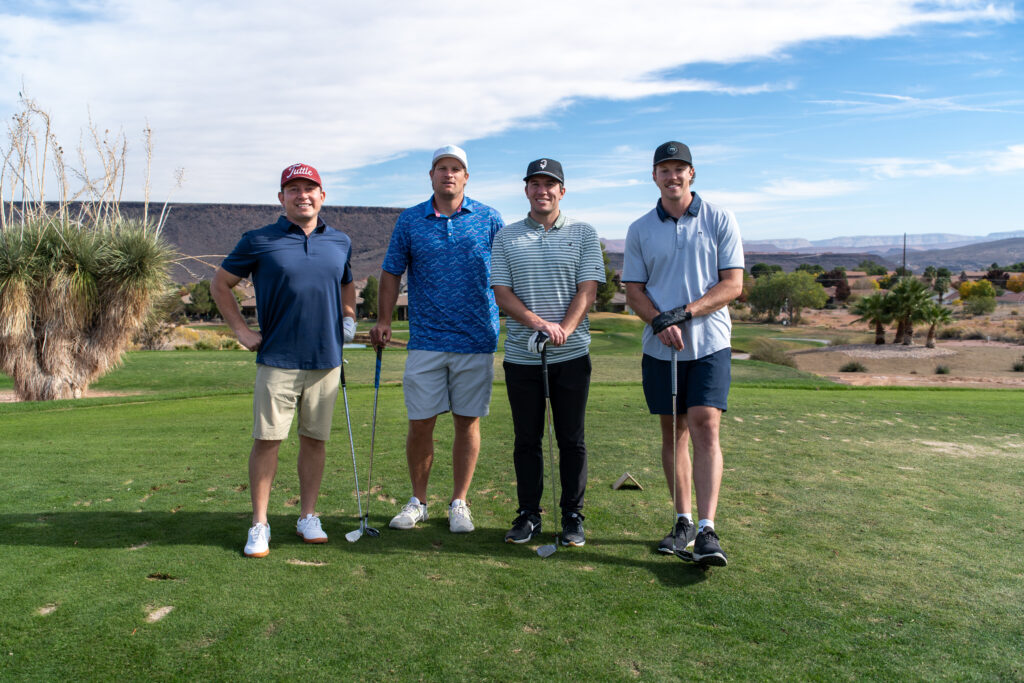
Vehicles traveling in opposite directions must pass each other to the right. On roads where there is only one lane of traffic in each direction, drivers shall give vehicles going the opposite direction at least half of the width of the road.
Vehicles must not pass or drive on the left side of the road:
- When coming upon a curve in a road where the view is obstructed and it may cause danger for a driver coming in the opposite direction.
- Within 100 feet of any intersection or railroad crossing
- When approaching a bridge or tunnel that may also obstruct the view for drivers in either direction.
These rules do not apply to one-way roads or a driver turning left on a private road or driveway.
When driving on a divided highway, a driver must use the roadway to the right of the median, unless directed by a traffic control device or sign.
Driving Left of Center Common Law Negligence
A vehicle must not be driven over or across any painted line or otherwise divided portion of a highway. If the line or barrier is visible to a reasonably observant person, and crossed, the case would result in negligence on the part of the driver.
There is a presumption of a strong indication of negligence if the center line is crossed by a driver into oncoming traffic. If a driver crosses the center line, this action is in fact classified as the strongest kind of negligence, and a explanation from the driver is called for. However, this action does not always mean that a law has been broken. If a driver crosses the center line while exercising care, the presumption of negligence is negated as soon as reasonable explanation is offered in court.
Right to Assume that Other Vehicles Will Not Cross the Center Line
Any driver operating a vehicle on the proper side of the road has the right to assume that other drivers will not cross the centerline into his lane of traffic. This is the right to assume that other drivers will be lawful drivers as well. In the case that a vehicle does cross the center line and is in close enough distance to cause danger, a driver must no longer rely on that assumption and must use extra care to avoid accident or peril.
Duty of Driver When Another Driver Crosses Center Line/ Sudden Peril Rule
If a driver of a vehicle has crossed the centerline, the approaching driver on the right side of the road is responsible to use care and take evasive action to avoid a collision. But in such a case, the driver on the right side of the road is allowed by the court to use the “sudden peril rule, “ when the vehicle crossing the centerline has done so suddenly and created an emergency.
Definition of Center of the Road
Drivers should, in general, allow at least half of the traveled roadway to oncoming traffic. This rule refers to the condition of the road at the time of the accident, when applicable in court. If a flooded area or other obstruction narrows the road, the court will consider the condition and width of the road at the time of any incident. It the responsibility of both drivers in such conditions to allow the other driver half of the usable road.
Backing of Vehicle Across the Center Line
The rules regarding vehicles keeping to the right side of the road do not apply to vehicles backing up, when backing is done safely.
Backing of Vehicles
Statutory Law
The driver of a motor vehicle must not back up a vehicle unless he or she can do so with complete safety and without interfering with the movement of other traffic.
Standard of Care
A driver backing a vehicle should use the same amount of care that would be used by a reasonable person in the same situation, meaning they would keep a lookout for any vehicles or pedestrians, make sure the area is clear, and give any necessary warning.

